Silicone Heat-Transfer Compound
Filters
Filters
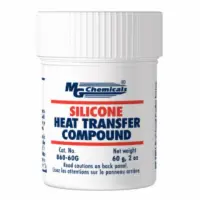
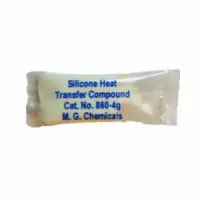
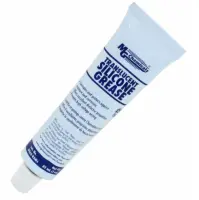
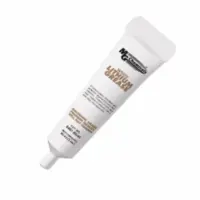
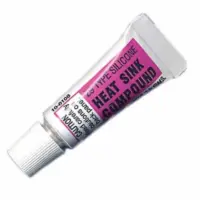
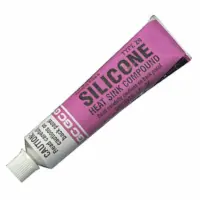
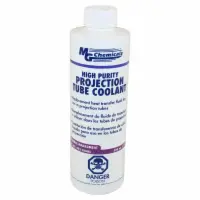
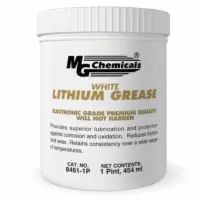
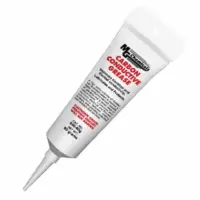
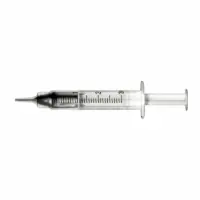
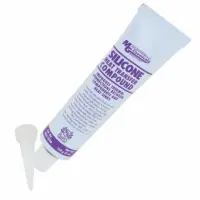
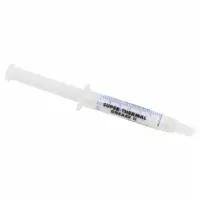
Have a look at our selection of top-quality silicone heat sink compounds for transferring heat away from electrical and electronic devices (e.g. transistors, power diodes, and semiconductors). These affordable heating compounds have high thermal conductivity, high dielectric constant, high dissipation factor, and will not dry or harden. Our heat-transfer compounds can be used with heat sinks or metal chassis and are ideal for your electronics projects.
What is Thermal Paste?
Thermal paste goes by many names, including heat sink compound, thermal compound, thermal grease, heat sink paste,heating compound, and so on. Regardless of what you call it, these chemical compounds are all used the same way:
Thermal paste (heat sink compounds) help reduce or regulate the temperature of electronics.
More specifically, heat sink compounds (thermal paste) are thermally conductive chemical compounds that help transfer the heat of a working circuit into a heat sink.
For example, thermal paste for CPUs help reduce air gaps and improve thermal conductivity between the microprocessor and heat sink, making the heat sink more effective at cooling the processor.
Types of Thermal Paste
The main types of heat sink compounds can be categorized in three ways: metal-based, ceramic-based, and silicone-based.
Metal thermal pastes are fantastic conductors of heat. In fact, they’re often the most thermally conductive of all heat sink pastes. However, metal-based heating compounds are also electrically conductive. If not applied carefully, the compound can cause short circuits if accidentally applied to electrical pathways.
Ceramic thermal pastes aren’t electrically conductive and are typically more affordable and easier to use than other types of thermal paste. However, ceramic heat sink compounds are not as effective at decreasing high-heated systems.
Silicone thermal pastes offer exceptional thermal conductivity and no electrical conductivity (so you don’t have to worry about spilling!). They’re also highly compatible with a variety of electrical systems and can handle high operating temperatures.
As you seek out the best heating compounds for your needs, keep in mind the different forms that thermal grease can come in. Beginners might want to avoid liquid thermal compounds, which can be tricky to apply at first, but are more thermally conductive and provide the user more control over where the compound is applied.
Silicone thermal pads, on the other hand, are incredibly easy to use: just cut the thermal pad to size, remove the protective film, and place it on the CPU or circuit you’re cooling. While easy to use, thermal pads offer less precision control and less thermal conductivity than typical thermal grease.
How to Choose Thermal Paste
Heat Conductivity is the most important factor when choosing a thermal paste. All heating compounds come with a thermal conductivity rating, which represents the watts per square meter of the surface area. The higher the number, the more thermally conductive the compound.
Electric Conductivity is another important characteristic to watch for. Silicone and ceramic-based thermal pastes won’t be electrically conductive, but metal-based compounds will. If using an electrically conductive thermal paste, be extremely careful about where and how you apply the heat sink compound. Only use metal thermal pastes if the system you’re using it on requires high thermal conductivity.
Density or Viscosity of a thermal compound will determine how difficult it is to apply the compound, as well as how thermally conductive. High-viscosity pastes may not spread properly, while liquid thermal compounds can take time to dry and may leak or spill into other areas.
How to Remove Thermal Paste
From time to time, you may need to remove thermal paste from a surface. It’s recommended you remove and reapply thermal compounds every few years or any time you remove your cooler or heat sink. If you notice your CPU temperatures rising, it might be time to replace the heat sink compound.
To remove thermal paste, all you need is a microfiber cloth, a cotton swab, and some rubbing alcohol. Wipe off what you can with the microfiber towel, and then wet the cotton swab with isopropyl alcohol and gently dab and wipe away the remaining paste. Use the microfiber cloth to wipe up leftover paste or residue.
Remember: Remove any existing thermal paste from a surface before applying new thermal compounds. Otherwise, the thermal conductivity won’t be as effective.
Does Thermal Paste Expire?
Thermal paste has a shelf-life ranging from 2 to 5 years. Thermal compounds can last longer when properly sealed and stored in a cool location away from the sun.
